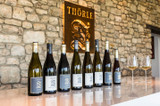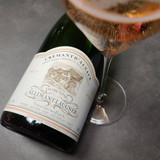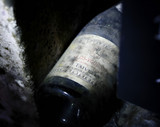Jul 18th 2025
Crémant vs. Champagne: Sparkling Wine Showdown for Smart Sippers
You’re in the wine shop. You want something bubbly. You see, Champagne: classy, expensive, and prestigious. Then you see Crémant, beside it, for less money, and with a French label you don’t recognize. Same vibe, half the price. What’s going on here?
Crémant and Champagne are both bubbly and elegant, but they come to your glass by different means. Both are produced via the same traditional method for production (such as méthode traditionnelle), but with different designated grapes, terroir, and aging requirements. That sets the stage for different wine profiles and very different price points.
In this blog, we will walk through everything that smart sippers should know. From coastal influences on wine to flavor comparisons side by side, we will treat Crémant and Champagne with a tasting room experience. When you are done, you’ll know which bottle has a place at your next dinner gathering and why you need to shop from Woodland Hills Wine Company (WHWC)!
What Is Crémant and How Is It Made?
Crémant is defined as sparkling wine produced in France (and Luxembourg). It is made via the same method as Champagne using the méthode traditionelle, except outside of the Champagne appellation. An exquisite Crémant goes through secondary fermentation in the bottle during production, creating the same fizz as in Champagne.
France boasts eight official Crémant AOPs (Appellations d’Origine Protégée), each with its own distinct character:
- Crémant d’Alsace
- Crémant de Bourgogne
- Crémant de Loire
- Crémant de Limoux
- Crémant du Jura
- Crémant de Bordeaux
- Crémant de Savoie
- Crémant de Die
The magic of Crémant lies in how it captures the essence of its region—its climate, grape varieties, and winemaking traditions. For example, Crémant d’Alsace tends to be floral and crisp, while Crémant de Bourgogne often offers a fuller body and toasty richness. Both styles age for a minimum of nine months on the lees, lending a subtle creaminess—though not quite as pronounced as Champagne’s 15+ months of maturation.
In short, if you want the feeling of a coastal wine with great acidity and food-friendliness, look no further than Crémant.

Schramsberg Demi-Sec North Coast Crémant 2020
Vintage Sparkling from Wine Napa Valley, California

Parigot Crémant de Bourgogne Brut Rosé Monochrome NV
Non-Vintage Rosé Sparkling Wine from Burgundy, France
How Does Champagne Production Differ from Crémant?
Champagne is about accuracy. For something to be called Champagne, it has to come from the Champagne AOC in northeast France, which is a cool climate, chalky soil, and strict rules.
Let's look at some key differences:
Key Differences Between Crémant & Champagne |
||
|---|---|---|
|
Feature |
Cremant |
Champagne |
|
Grapes |
Region-Dependent |
Chardonnay, Pinot Noir, Meunier |
|
Lees Aging |
Minimum 9 Months |
Minimum 15 Months (36 vintage) |
|
Soil |
Varies (clay, limestone) |
Predominantly Chalk |
|
Harvest |
Machine or Hand |
Hand-Harvest Only |
|
Price Range |
$15–$30 |
$45+ |
Champagne is the original coastal wine, with many regulations and prestige; Crémant provides more flexibility and experimentation at a more affordable price.
Tasting Notes: Crémant vs. Champagne Wine Profiles
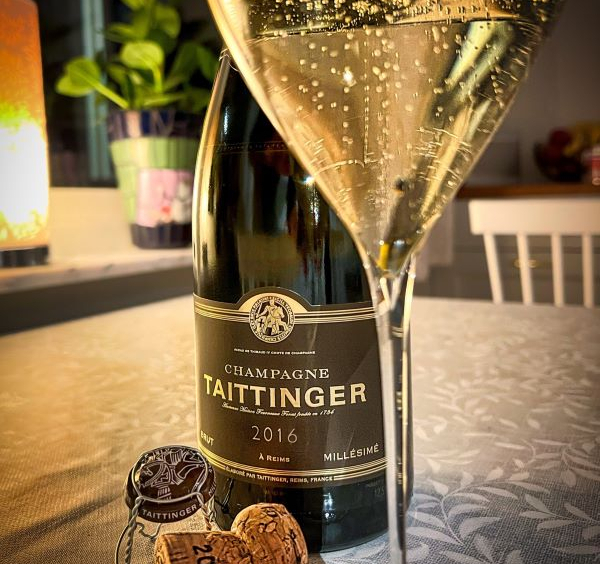
Let's get back to what's in the glass. A wine’s style and texture are deeply shaped by its origin and grape variety, and nowhere is this more evident than in the world of sparkling wines.
Champagne is defined by three hallmarks:
- Fine, persistent bubbles (aka mousse)
- Aromas of brioche, lemon curd, and green apple
- Brisk acidity, with a chalky, mineral finish
Crémant, on the other hand, dances to a different tune in each region:
- Crémant d’Alsace: honeysuckle, apple, vibrant acidity
- Crémant de Bourgogne: pear, almond pastry, creamy finish
- Crémant de Loire: citrus, white flowers, sprightly mouthfeel
Unlike Champagne’s strict Chardonnay-Pinot Noir-Meunier trio, Crémant embraces a broader palette of grapes—Chenin Blanc, Pinot Blanc, even Gamay for rosés—giving it a fruitier, more floral personality compared to Champagne’s steely precision.
In short: If Champagne is a tightly composed symphony, Crémant is a lively jazz improvisation—each with its own brilliance.
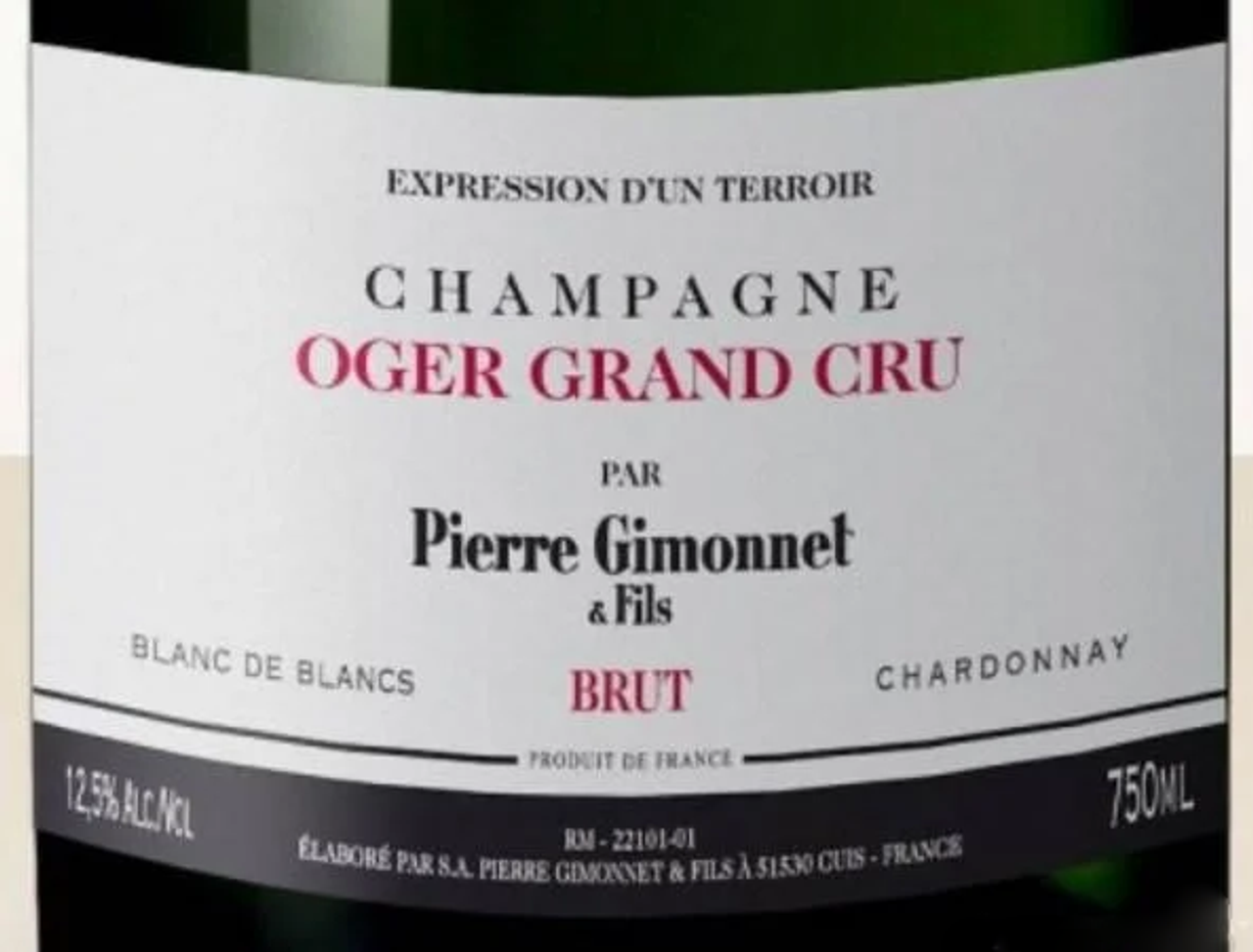
Gimonnet Brut Blac de Blancs Champagne Oger Grand Cru NV
Non-Vintage Sparkling Wine from Champagne, France
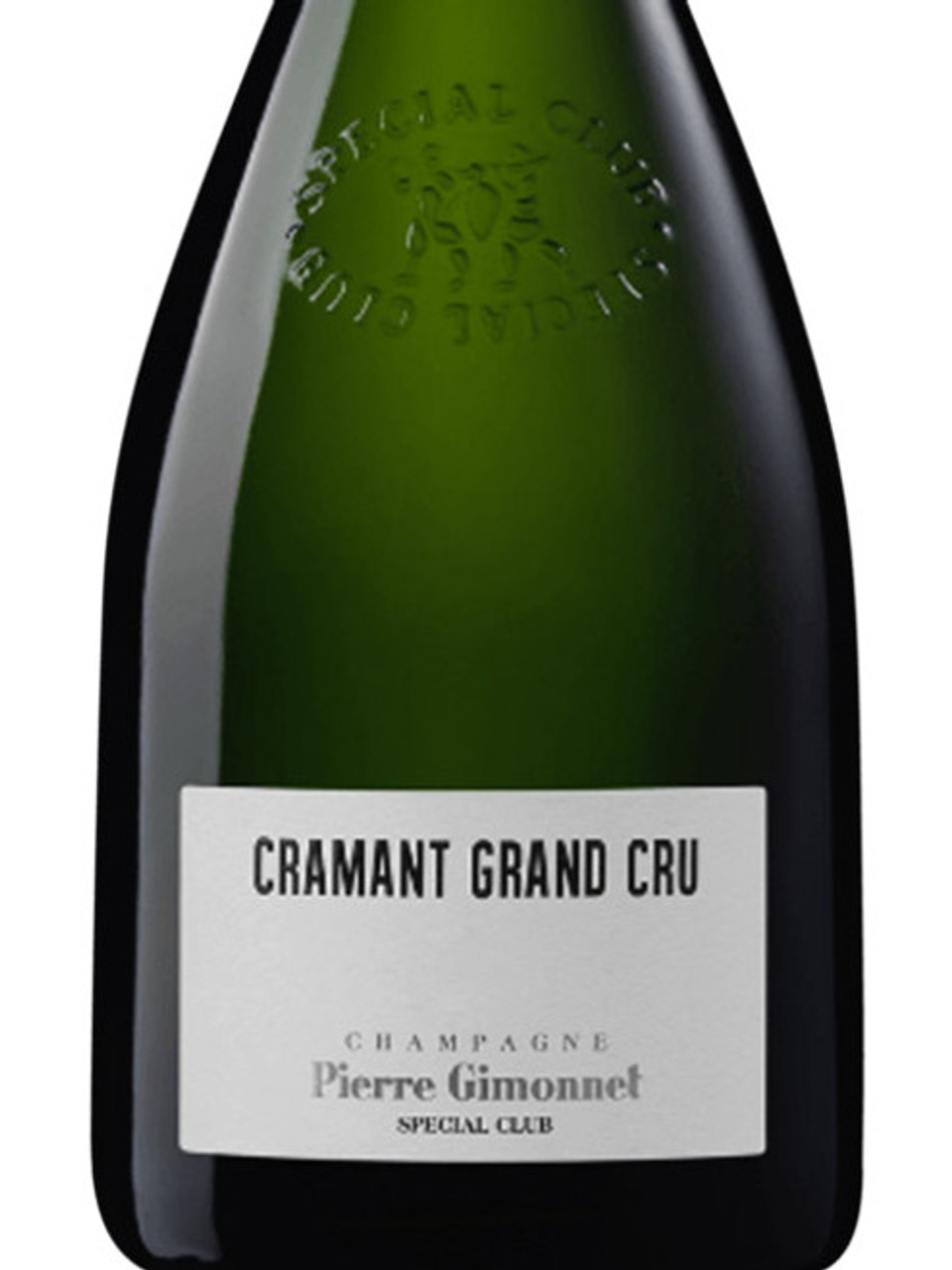
Gimonnet Extra Brut Champagne Chouilly Spécial Club 2016
Vintage Sparkling Wine from Côte des Blancs, Champagne, France
Price Check: Is Crémant Really Better Value?
Short answer: yes. You can find excellent Crémants under $30 that are comparable to entry-level Champagnes for $50 or more.
What's the difference? The cost of premium land for the vineyards in Champagne and the aging requirements for the wine. Crémant producers don't have those costs, not to mention they don't have to age it as long. Lower costs, faster turnaround, bigger value, and more affordable bubbles.
At WHWC, some of our highest-rated customer favorites include:
- Pierre Sparr Crémant d'Alsace Brut Réserve NV: refreshing, drinkable, and under $25.
- Allimant-Laugner Brut Rosé Crémant d'Alsace NV: floral and fresh on the nose and palate
- Parigot Crémant de Bourgogne Brut Rosé Monochrome NV: seemingly layered and elegant with the mouthfeel of Champagne.
All three have a coastal wine personality with good bubbles and without the beach markup.
Food Pairing Guide: When to Pour Crémant, When to Pop Champagne
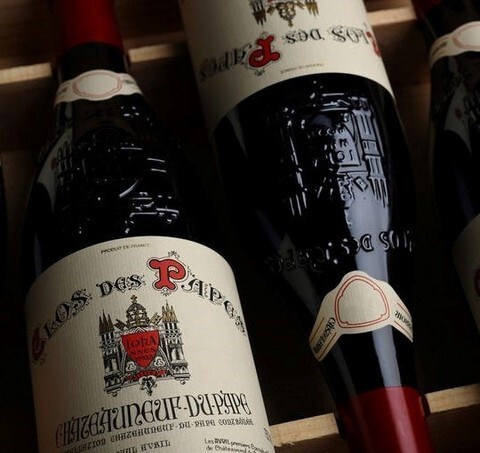
While price often guides the decision between Crémant and Champagne, the real key lies on your plate. These sparkling wines bring different personalities to the table—literally.
- Crémant d'Alsace: smoked salmon, quiche Lorraine, sushi
- Crémant de Loire Rosé: BBQ shrimp, strawberry shortcake
- Non-vintage Brut Champagne: oysters, gougères, triple-cream brie
- Vintage Champagne: lobster thermidor, truffle popcorn, roast chicken
Crémant’s vibrant fruitiness and lively acidity make it the perfect sparkling companion for casual, everyday fare—think fresh salads, seafood towers, or even a simple charcuterie board. Its bright personality lifts lighter dishes without overpowering them.
Champagne, on the other hand, thrives alongside indulgent flavors. Its creamy texture, toasty complexity, and crisp minerality cut through the richness of buttery scallops, fried delicacies, or even a decadent crème brûlée.
FAQ: Crémant vs. Champagne Questions Answered
- Is Crémant age-worthy?
Yes, however, not all Crémants are designed for aging. But vintage-dated or extended lees-aged aged will offer better aging potential.
- Is Crémant always dry?
Most are brut (dry), but there are demi-sec and extra brut styles. Check the label.
- If it states "méthode traditionnelle," does it mean it tastes like Champagne?
Not exactly. While they use the same method, the grapes and terroir will give the wines a distinct profile.
- Is sparkling wine gluten-free or vegan?
Generally, but check with individual producers. Some yeasts are based on animal, so some large-scale producers could be using these finning agents.
- How do I safely ship sparkling wine in summer?
Order from a trusted retailer (like WHWC) where you have access to temperature-controlled shipping. Avoid extremes of heat or cold.
Buying Tips: How to Choose the Right Sparkler at WHWC
Don't know what to choose next? Here are some guidelines for choosing your next bottle:
- Brut Nature or Extra Brut = bone dry, zippy, and clean
- Blanc de Blancs = made with white grapes (usually Chardonnay), light and citrusy
- Vintage-dated = often more complex; great for aging or special occasions
- Rosé = skin-contact or adding red grapes; more fruity and fun
Seasonal picks:
- High Summer flavor: Crémant rosé or Crémant d'Alsace
- Winter holidays: Vintage Champagne or richer Crémant de Bourgogne
Crémant provides everyday elegance. Champagne retains its celebratory flair. Both deliver coastal wine brilliance and excellence at your table, just in different styles. If you're new to the bubbles or just seeking better value, Crémant is an excellent option. If you are celebrating something huge, Champagne is the classic option.
Check out WHWC’s sparkling wine selection and contact our team to help you find the perfect pour.
Related Products
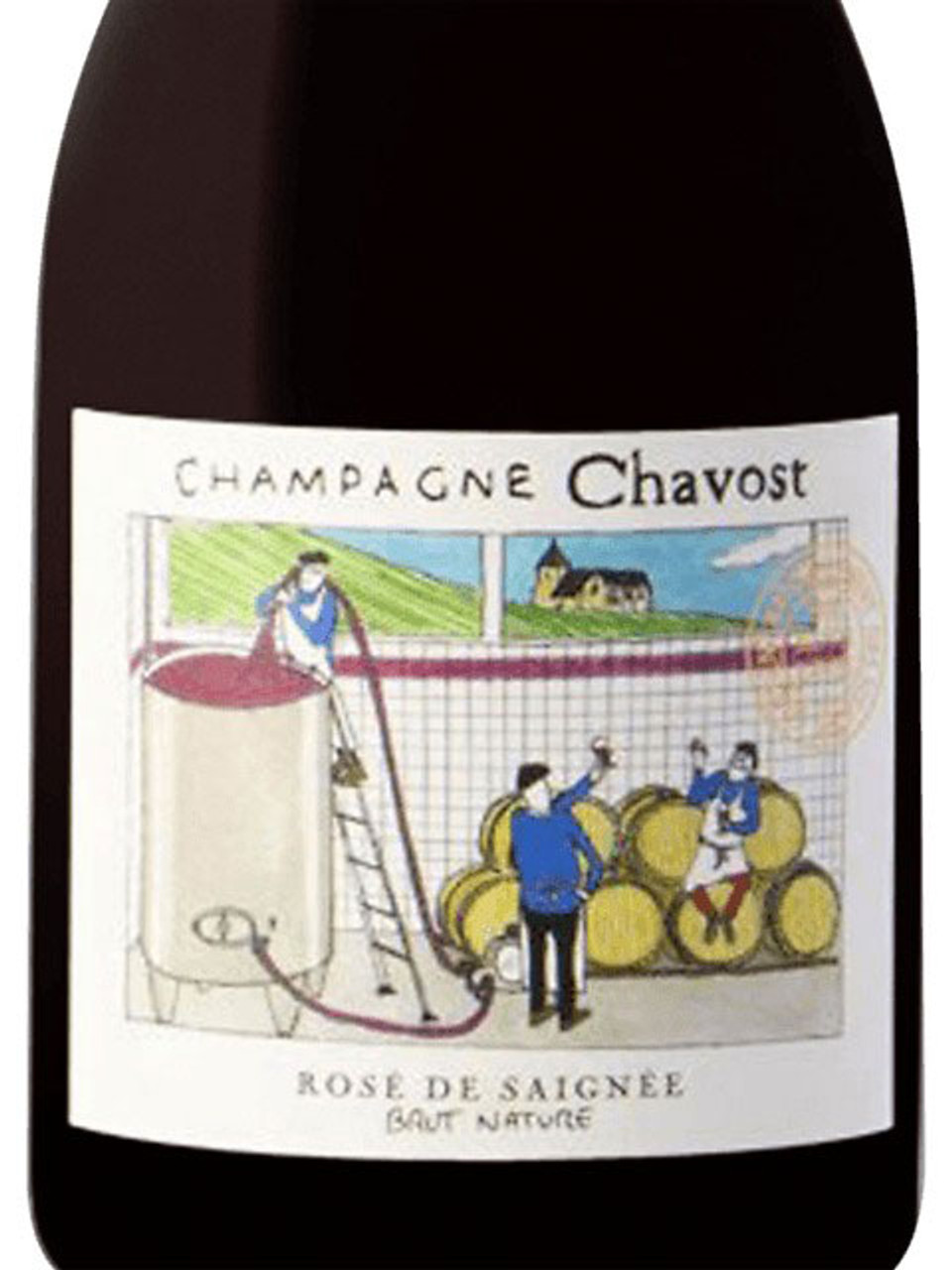
Chavost Brut Nature Rosé de Saignée Champagne NV
Non-Vintage Rosé Sparkling Wine from Champagne, France
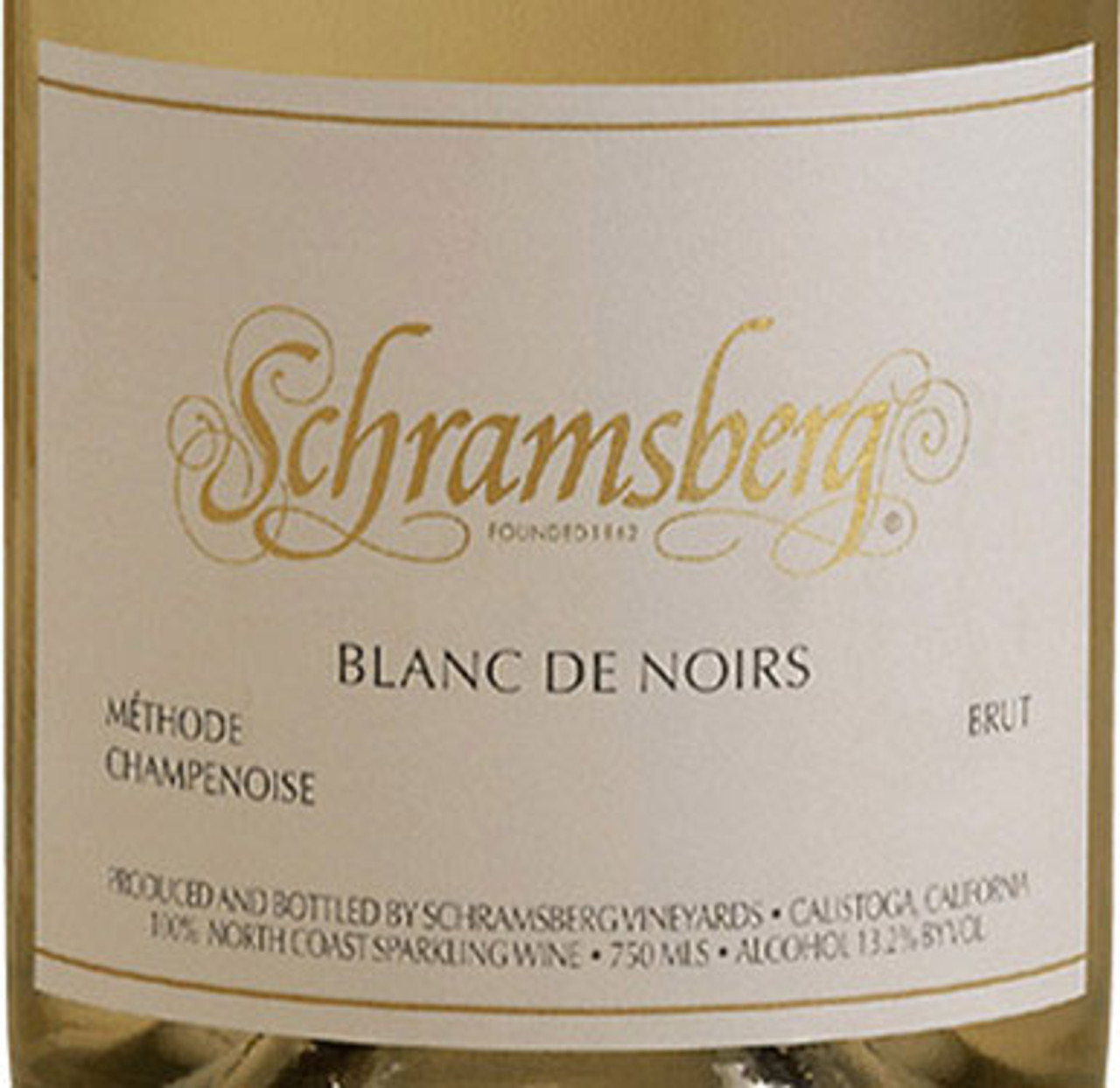
Schramsberg Brut Blanc de Noirs North Coast 2021
Vintage Sparkling from Wine North Coast, California




